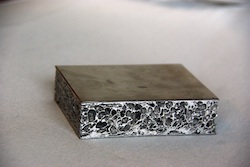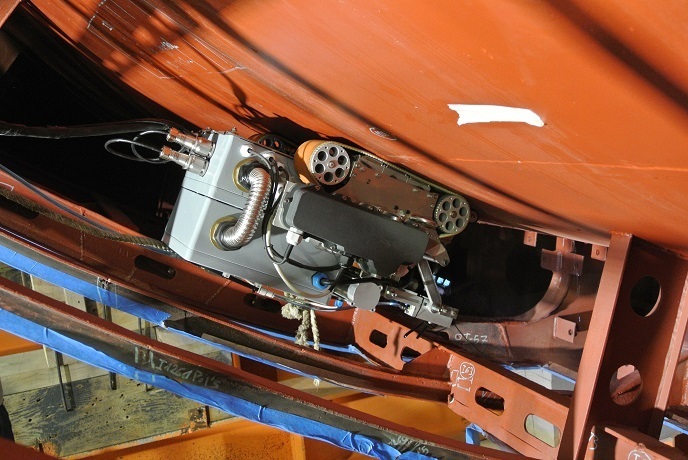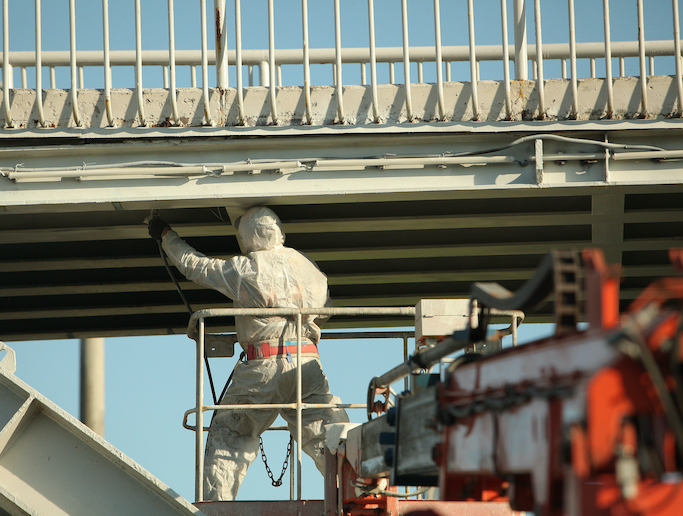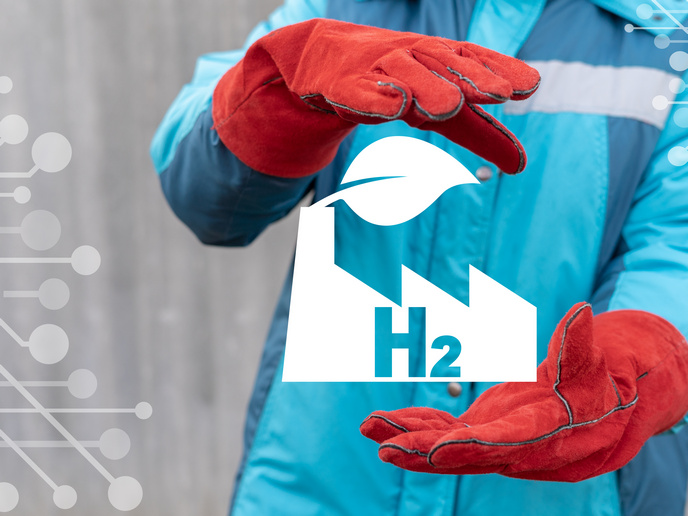Understanding the full-potential of metallic foam
Although metal and foam may seem like polar opposite materials, when a solid metal’s cellular structure is comprised of gas-filled pores, you get what is called metallic foam. Although metallic foam is ultra-light, it is also strong, thus making it a material of choice for a range of applications used in the automotive, aerospace and health sectors. The EU-funded METFOAM project set out to better understand the mechanical behaviour of these metallic foams. “What makes metallic foams unique is their ability to efficiently transfer heat, which is useful for cooling via the air flow within the foam,” explains Project Coordinator Stefan Szyniszewski. “What we wanted to know was how we could better leverage these mechanical behaviours for the benefit of real-world applications.” Metallic foam and sandwich panels For example, one area of focus was sandwich panels with metallic foam cores. A sandwich panel is a structure comprised of three layers and used in applications where a combination of high structural rigidity and low weight is required. The objective of this research was to find applications where such panels could outperform conventional steel sections. “In essence, we were trying to understand a novel material and find its niche within infrastructure and mechanical applications,” says Szyniszewski. “What we discovered was that sandwich panels can support loads that are 10 times higher than slender steel plates.” According to Szyniszewski, such sandwich panels could enable a new generation of railway bridge girders or wind turbine towers by eliminating the need for welded stiffener plates, which prevent local plate buckling. Such stiffeners produce stress concentrations and require periodic maintenance because they are the roots of fatigue cracks. Challenges overcome During the course of the project, Szyniszewski and his team had to overcome several challenges. For example, because sandwich panels are not reliable with face sheets less than 2-mm thick, researchers had to test a panel with the stiffness and strength equivalent to 5-mm steel plates. Unfortunately, this meant testing plates the size of an elevator shaft – something simply impossible with the project’s 100 ton maximum capacity rig. To overcome this challenge, researchers tested individual plates. “This required us to design special fixtures capable of providing rotational freedom of movement while also allowing us to transfer significant axial loads,” says Szyniszewski. New potentials for metallic foams Through these efforts, researchers discovered that adding ceramic spheres into metallic foams resulted in outstanding cutting resistance, which is unmatched by conventional bulk materials. “Ultimately, the METFOAM project proved that metallic foams can be used to produce new metamaterials with novel properties that are not achievable for bulk metals or ceramics,” adds Szyniszewski. Researchers also discovered that introducing porous surfaces into bluff bodies can reduce aerodynamic drag. “For example, a flow-facing porous surface triggers turbulence, a bit like dimples on a golf ball,” explains Szyniszewski. “Having a porous medium in the leeside of the body reduces the base pressure and the intensity of the turbulence.” He adds that such features could allow foams to be used on external surfaces. Although the project is now closed, researchers are currently exploring civil engineering applications, such as transfer beams with extreme buckling resistance, that could benefit from the use of metallic foam plate components.
Keywords
METFOAM, metallic foam, sandwich panels







